| By Thomas Brett |
Introduction:
The vocals are the most important element in 90% of the mixes you’ll come across, and can mean the difference between a song that connects with the listener, or a song that makes them want to reach for the “skip” button.
On that note, in this two-part blog series I’ll be guiding you through the A-Z of everything you should keep in mind when recording your vocals:
PART 1 (A-M):
A – Ambience: Some singers find hearing their voice totally bone-dry in the headphones slightly disconcerting. In these cases, simply sending them through some lush reverb or delay that matches the tempo and vibe of the song can often do wonders towards helping them perform more comfortably!
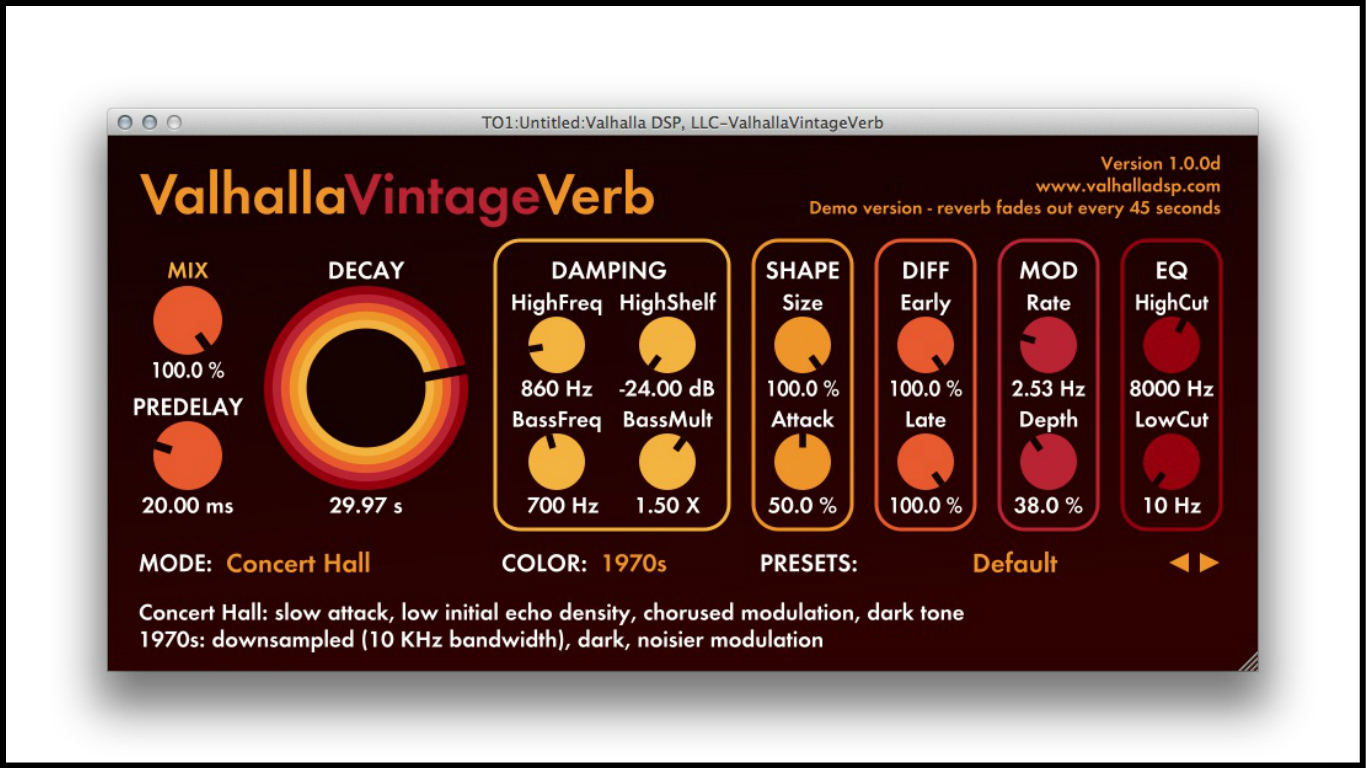
B – Bleed: There’s nothing more annoying than spending hours-upon-hours recording vocals, only to realise that there’s an obnoxious *click* sound bleeding through every take when you solo them the next day.

- The solution to this problem is simple: Figure out how much headphone bleed you can get away with for the particular song you’re working on BEFORE you start tracking!
- It’s important to note that a little bit of bleed isn’t usually a huge problem, as if you can’t hear it in the mix, it doesn’t matter anyway…
- This being said, the threshold of how much bleed is “acceptable” can change depending on musical context. Ex: You can get away with a lot more headphone leakage in a blaring rock track than you can in a dynamic ballad…
C – Click: It’s crucial that the singer you’re recording is able to follow the rhythmic feel of the track as tightly as possible, or you’ll just end up having to painstakingly quantise every syllable of their performance later on…
- Although the most common method of helping a vocalist keep time is to just use a standard quarter-note click track (a metronome), I personally find that most singers have an easier time locking in with a “real” rhythmic instrument that sounds less “sterile”.
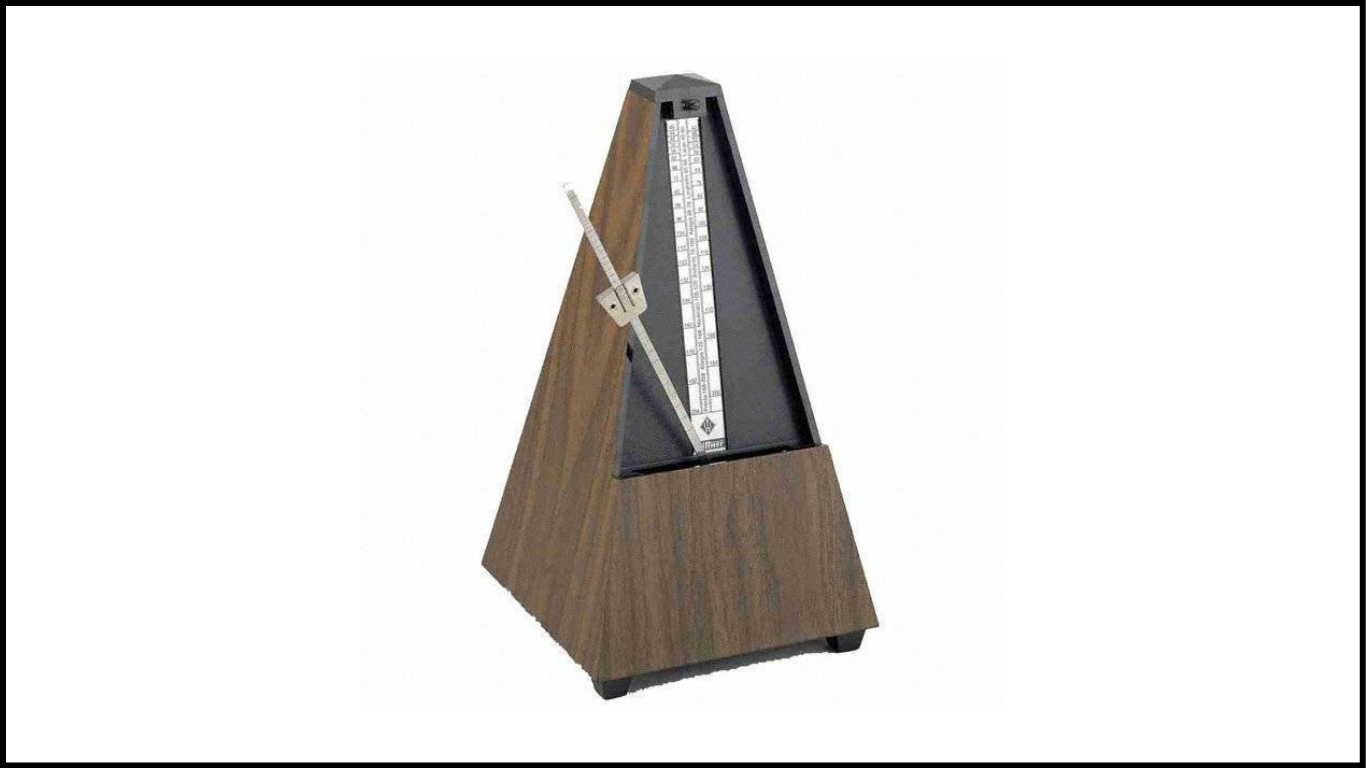
- The next time you’re recording vocals (or anything else for that matter…), try programming in a simple 8th/16th note drum beat or percussion part for them to groove along with instead. I know it sounds basic, but you’ll be surprised at just how much of a difference it can make for some people!
D – Distance: The distance at which the vocalist sings into the microphone can drastically change the sound of the recording:
- Think of the distance between the singer and the microphone as the wet/dry balance between their voice and the reflections in the room – The further they are from the mic, the more room sound is going to be captured in ratio to their direct vocal, and vice versa.

- Although you’ll generally want to avoid capturing too much room ambience in your lead vocals, recording BV’s and doubles from a few steps back can really help differentiate them slightly and push them further into the mix.
E – Emotion: A great vocal take isn’t just about perfect pitch and timing, it’s also about conveying the emotions behind the lyrics so that they connect with a listener. Make sure you’re not snuffing out the passion of the singer or message of the lyrics in the pursuit of technical perfection!

F – Fatigue: Singing/screaming non-stop for hours-on-end can be quite punishing on the vocal cords if done carelessly. Here are a few basic pointers on preserving a singer’s voice:
- Avoid coffee, black tea and other “hard” caffeinated drinks before singing, as they can really dry up the vocal cords. Mint tea on the other hand, can be extremely beneficial during, and after singing, as it opens up the throat while also helping prevent hoarseness.

- Take regular breaks! If the singer is having to sing the same lines over and over again for too long then their ability to perform enthusiastically and on-pitch can really begin to suffer. Remember that you’re making art, not just trying to fulfill a “take quota”!
- Speaking of “take quotas”, making sure you’re not recording too many takes isn’t just about cutting the singer’s voice some slack, it’s also about preventing option paralysis when the time comes for you to comp them all together…
G – Gain (Input Level): Digital clipping is a difficult problem to fix after-the-fact, and is much more audible on vocals than it is with drums or electric guitars:
- Do yourself a favour: Back off the input gain so that the loudest parts of the vocalist’s performance are hovering in the yellow, this’ll give you more than enough dynamic headroom to capture every nuance of the performance, and will guarantee a “clean-capture” from beginning to end!
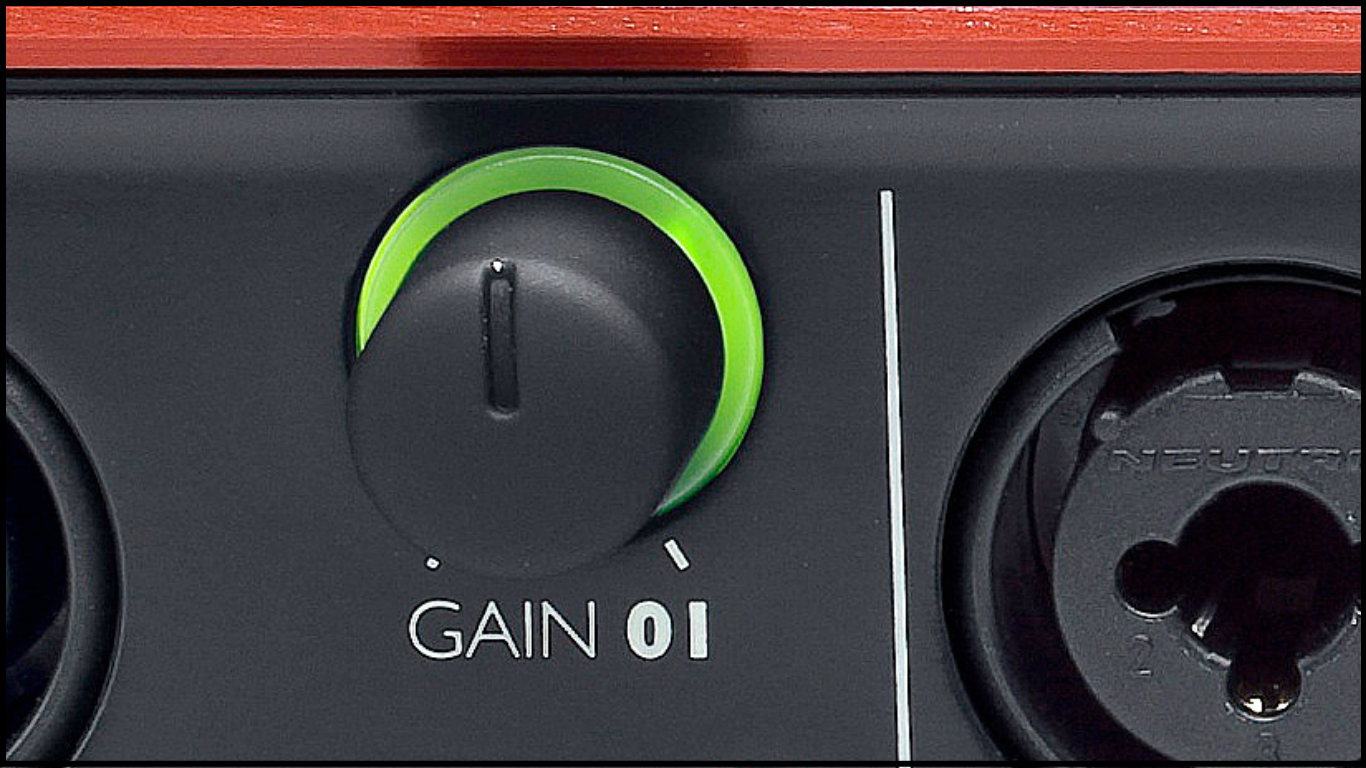
H – Headphone Balance: Believe it or not, a vocalist’s headphone balance can have a huge impact on the quality of their performance:
- If the singer’s voice is too loud in their headphones, they might sing softer in order to compensate, resulting in weak takes which lack power and conviction. If the singer can’t hear themselves properly in the cans, they might end up singing too loudly, putting unnecessary strain on their vocal cords and tiring themselves out too quickly.
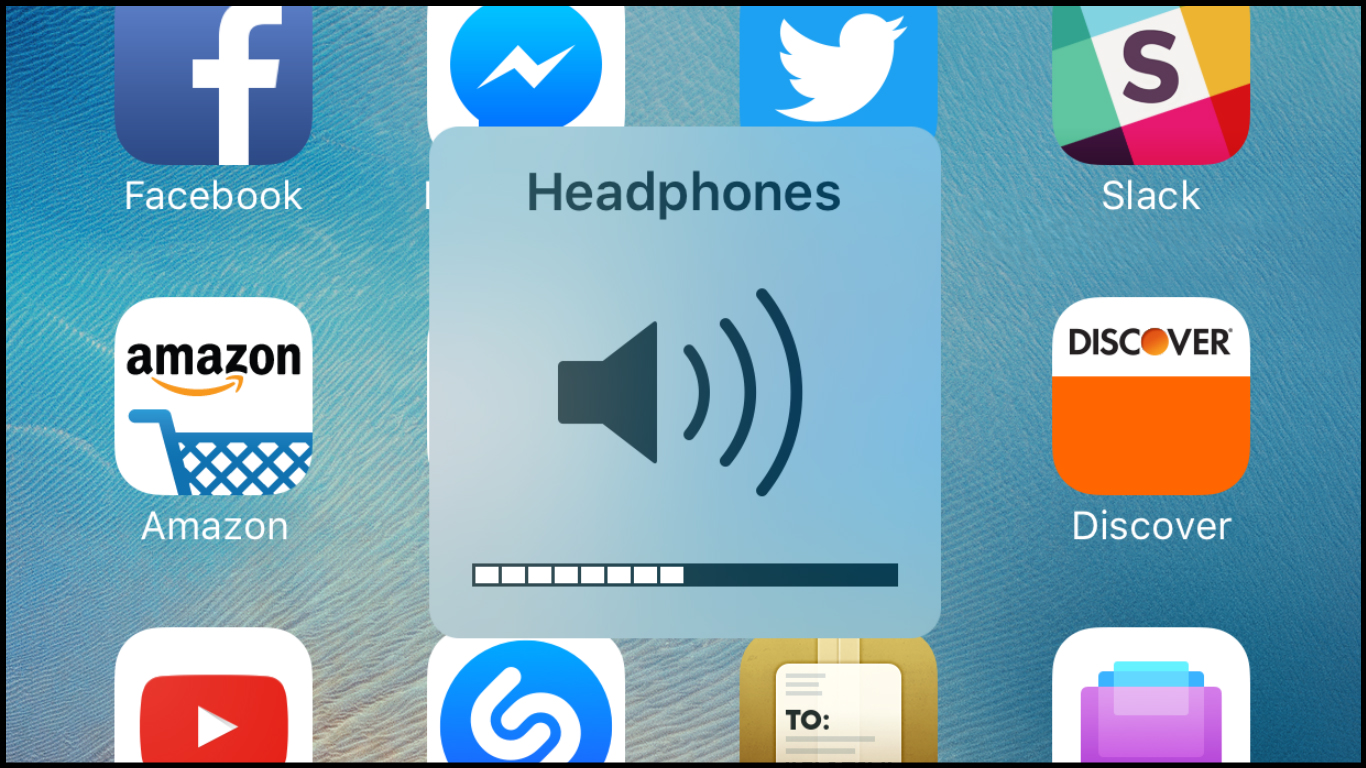
- Another key factor is the level of the instrumental: If the overall mix is too loud, it can end up fatiguing the singer’s ears and preventing them from pitching accurately. On the other hand, if the overall mix is too low, they might have trouble keeping time or hearing the melodies…
I – Isolation: Recording loud vocals for long periods of time is bound to annoy your neighbours if you do it often enough:
- Although it’s possible to somewhat reduce your outgoing “noise pollution” via the tight-sealing of windows and doors, doing it properly is a huge undertaking which can cost a pretty penny.
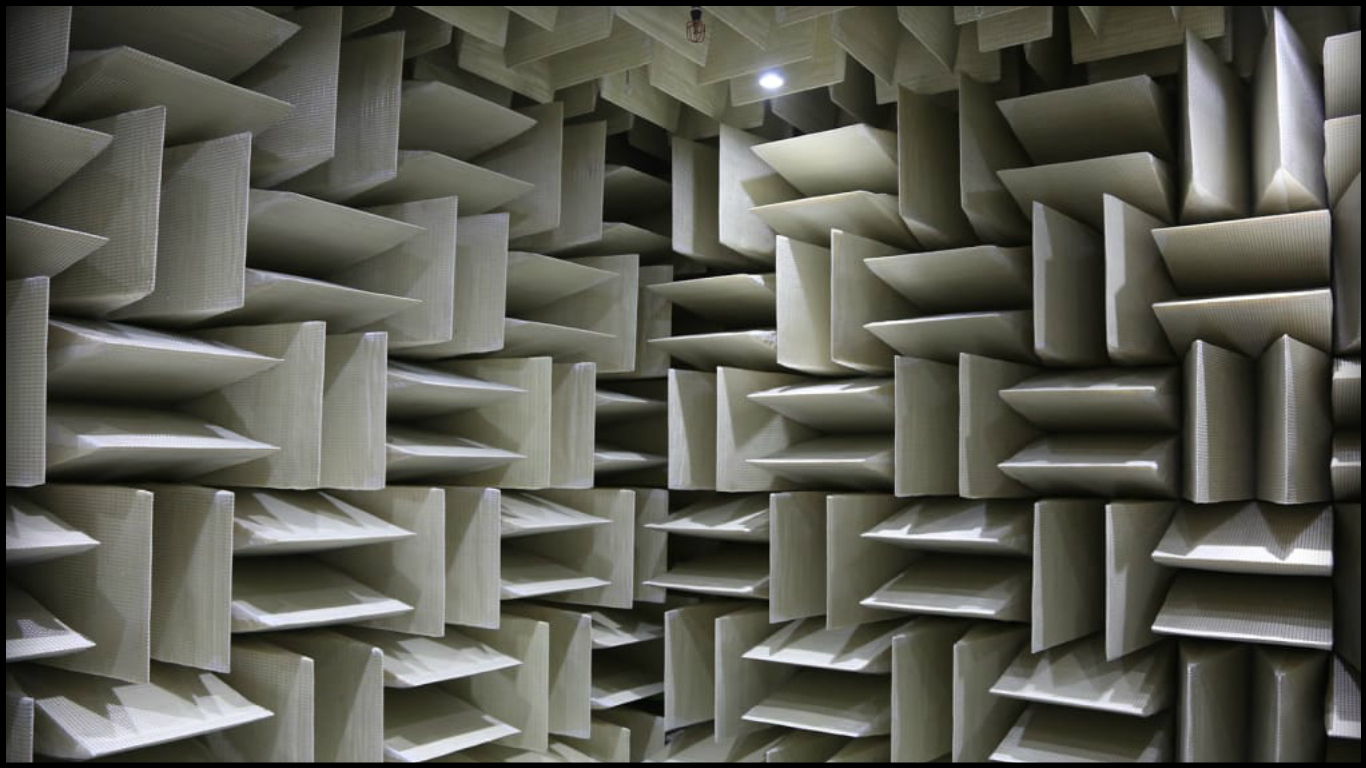
- My advice: If you’re getting noise complaints, start by trying to come to a mutual agreement on “recording hours” that work for everyone involved. If that doesn’t work, just find another place to record…
J – Jargon (Terminology): Don’t automatically assume that the singer you’re working with understands all of your fancy “studio language”. Always make sure that you’re explaining yourself in a clear and concise way that helps them give the best performance possible!

K – Key: The key of a song is extremely important, as it can mean the difference between the vocalist singing comfortably, or delivering a forced and fatigued sounding overall performance. Spare yourself the future pain and frustration, figure it out during pre-production!

L – Lyrics: It’s important that the singer knows their lyrics well before they ever step foot in the studio, as having to follow a lyric sheet or phone/tablet during recording is bound to negatively affect their ability to focus on giving a good performance.
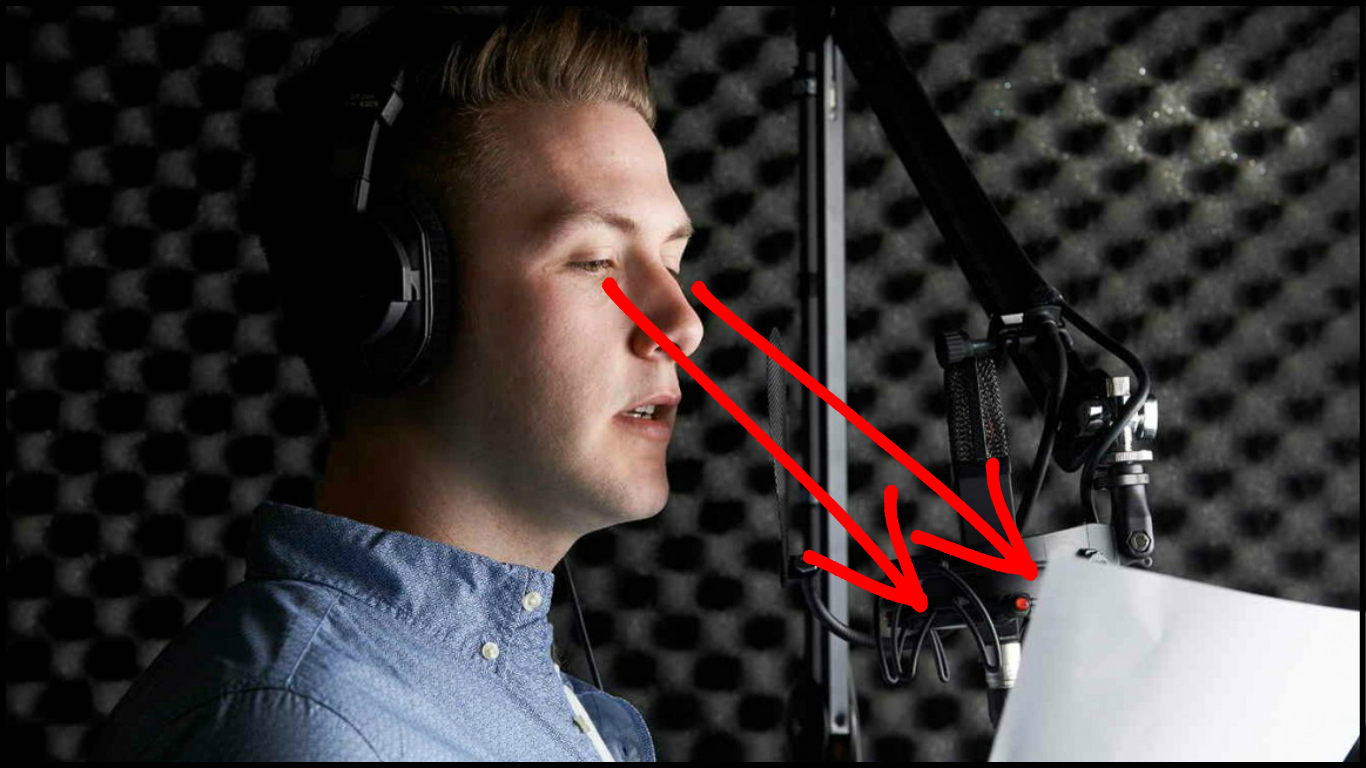
M – Microphone Choice: There is no “one size fits all” when it comes to microphones…
- If you’re lucky enough to have access to several, always put in the time and effort towards figuring out which mic best-suits the particular voice you’re working with.

- This being said, It’s also not as big of an issue as some of the self proclaimed “professionals” on the audio forums and Facebook groups would like to have you believe.
- Simply put: A decent microphone will produce decent results on pretty much any voice. Stop using your gear as an excuse and just get on with making some music!
CONCLUSION:
If you were to make a list of your favourite songs of all time, how many of them would make it on there based primarily on the vocals? My guess? Probably a lot of them…
This simply comes down to the fact that the human voice is able to convey feeling and emotion unlike any other instrument, and therefore has the power to transform a song into something truly special when operated, and captured to its full potential.
Given what’s at stake, always make sure you’re putting in the necessary time and effort towards making sure you’re vocals are as good as can possibly be!
FINAL WORDS:
This concludes “The A-Z Of Recording Vocals (Part 1)”. I hope that this article has given you some new ideas to try out during your next project. Be sure to comment below if any of this information has helped you out, or if you have any questions.
Check in next week for Part 2!
Thomas Brett is a producer, mixing engineer and songwriter at Brett Brothers recording studio in the UK. Check out the Brett Brothers studio website for more information and articles on all things mixing www.brettbrothersstudio.com
Check out The A to Z of Recording Vocals (Part 2) here
Want mix tips from Thomas Brett? Read them here!
 Nail The Mix is our online mixing school that gives you REAL multi-tracks from REAL bands, plus a mixing class from the producer who recorded it. Past guests include Periphery, Chelsea Grin, Machine Head and State Champs. Join now for instant access!
Nail The Mix is our online mixing school that gives you REAL multi-tracks from REAL bands, plus a mixing class from the producer who recorded it. Past guests include Periphery, Chelsea Grin, Machine Head and State Champs. Join now for instant access!

